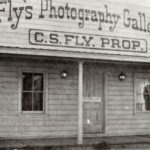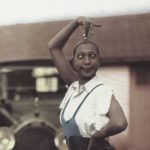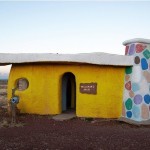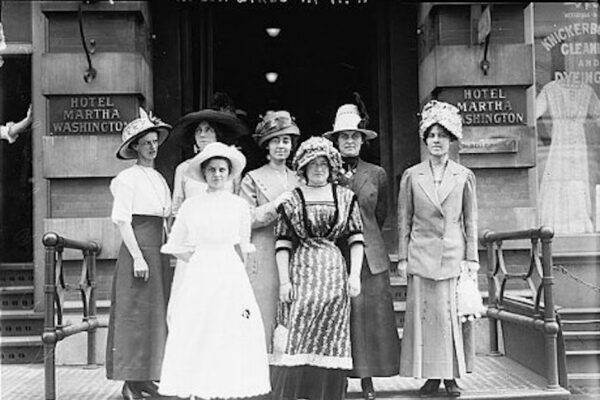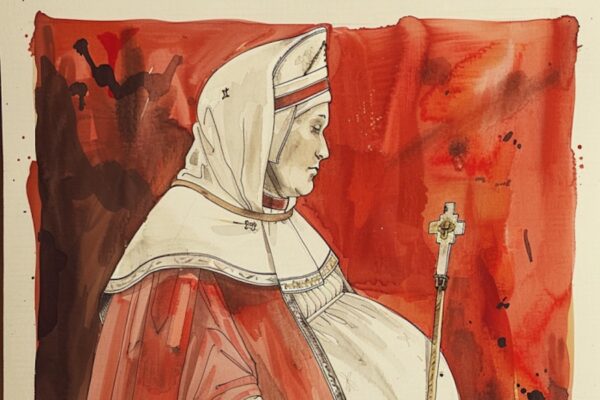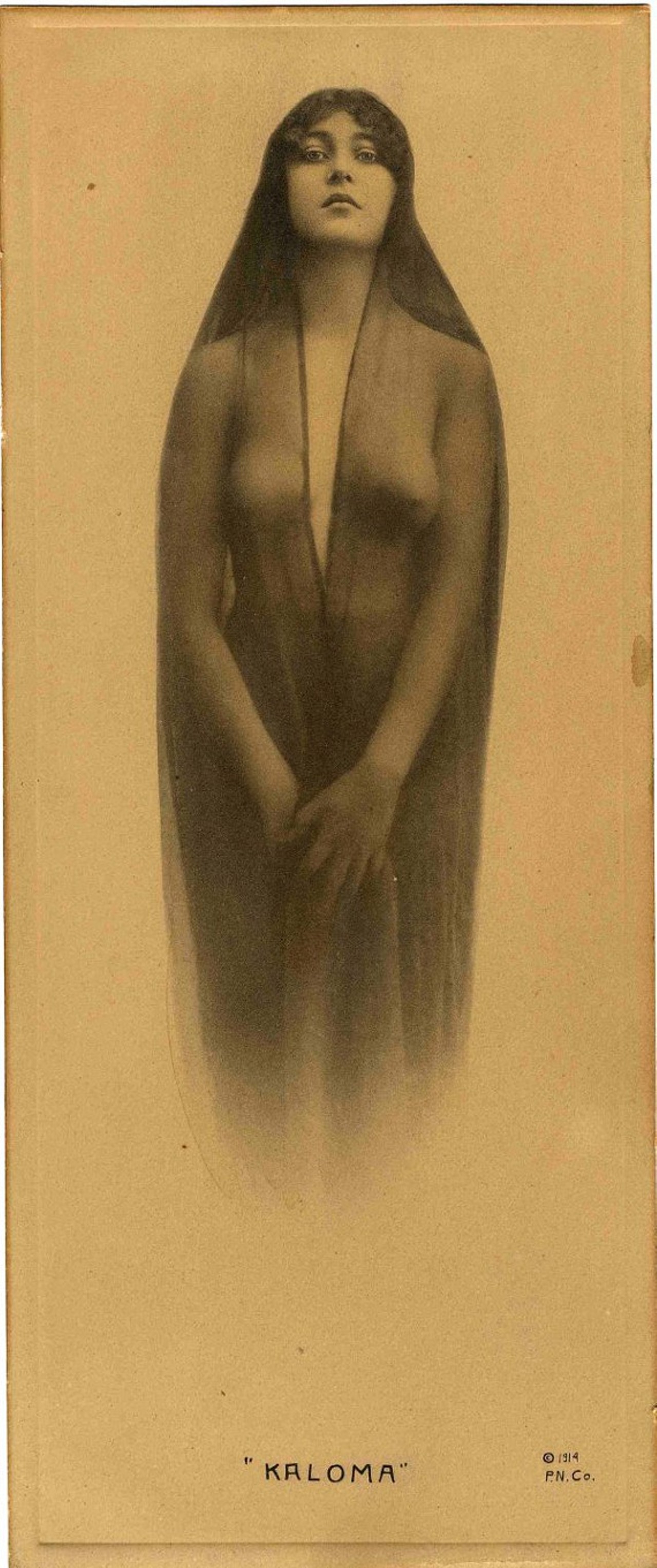
A vagabond and speculated prostitute of the Wild West, nothing Josephine Earp ever did was seemingly adventurous enough even for herself. She thrived off the change of environments and had a certain mystique about her that followed her around like too much perfume. But that’s what drew people to her. That was Josie Earp’s style.
Born in New York City in 1860, the life of Josephine Sarah Marcuse (Josie, as she preferred to be known) has been pieced together through fact and fiction; a more romantic version of events fabricated by the woman herself vs the official documents that tell a different tale. By the age of thirteen, Josie was already crafting a life that didn’t actually belong to her. At first the fabrications were harmless, claiming her German father ran a successful mercantile business when in fact, he was a modest Prussian baker. According to Josie, she lived in a prosperous, comfortable Jewish community when she actually lived in a crowded and diverse neighbourhood where factory smoke fogged the air. But soon, her lies started to consume her, as she began inventing a glamorous life she could only ever have dreamed about.
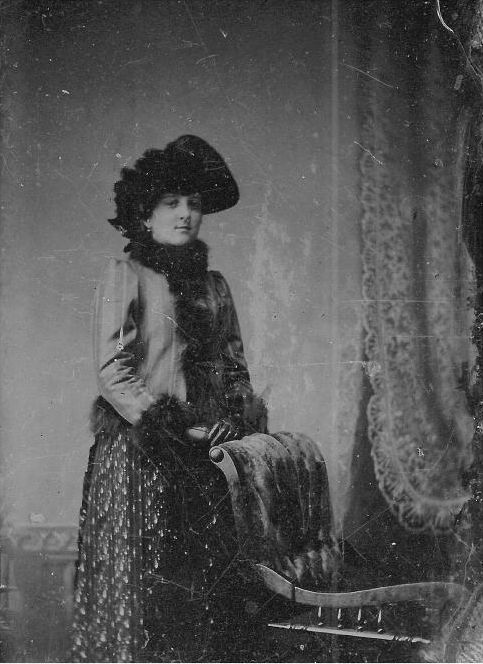
This photo was taken in Prescott, Arizona Territory, in 1880, and is believed to be of a young Josephine
The girl who left home at the age of 14 once said, “There was far too much excitement in the air to remain a child.” She wrote in what is claimed to be her own memoirs years later that she recalled kissing her mother goodbye on the cheek, as if she was going to school, and never returning home.
Josie prided herself on having been a part of the Pauline Markham Pinafore Dance Troupe. Her memoir even gives her recollection of sailing down the Californian coast with the Troupe and her friend Dora (who never existed), making a pit stop in Santa Barbara before boarding a stagecoach to Arizona.
In reality, the Markham Troupe left for Arizona via train in October of 1879, not by ship. Her name was never seen on a program or document of any sort from the Troupe. Whatever she was trying to hide, Josie wasn’t very good at covering her tracks.

Stagecoach travel in 1880s Arizona Territory
Either way, Josie she and “Dora” supposedly hopped on a stagecoach and headed straight for Arizona after spending the night in Santa Barbara. However, when talk arose of “Apache Indians escaping from their reservations,” Josie and Dora were whisked away to a ranch house for safety by Al Sieber, a famous Indian scout. They would spend 10 days there, sleeping on the floor and making new “acquaintances”. In the midst of it all, Josie met her future love interest – the handsome Johnny Behan.
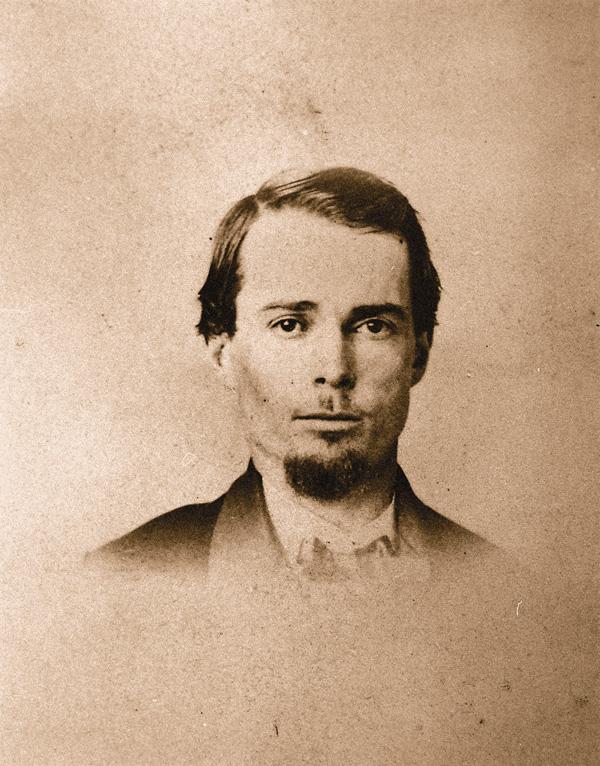
Johnny Behan
After her extended stay in Santa Barbara, Josie claims she and Dora headed back to San Francisco. But did she really ever return home? It seems as though Behan was too much of a catch to leave behind in Arizona. Records show that during that December of 1874, Behan was a frequent customer of “the house of ill fame” visiting the same 14-year-old prostitute, Sadie Mansfield who coincidentally shares many life parallels with Josie Earp.
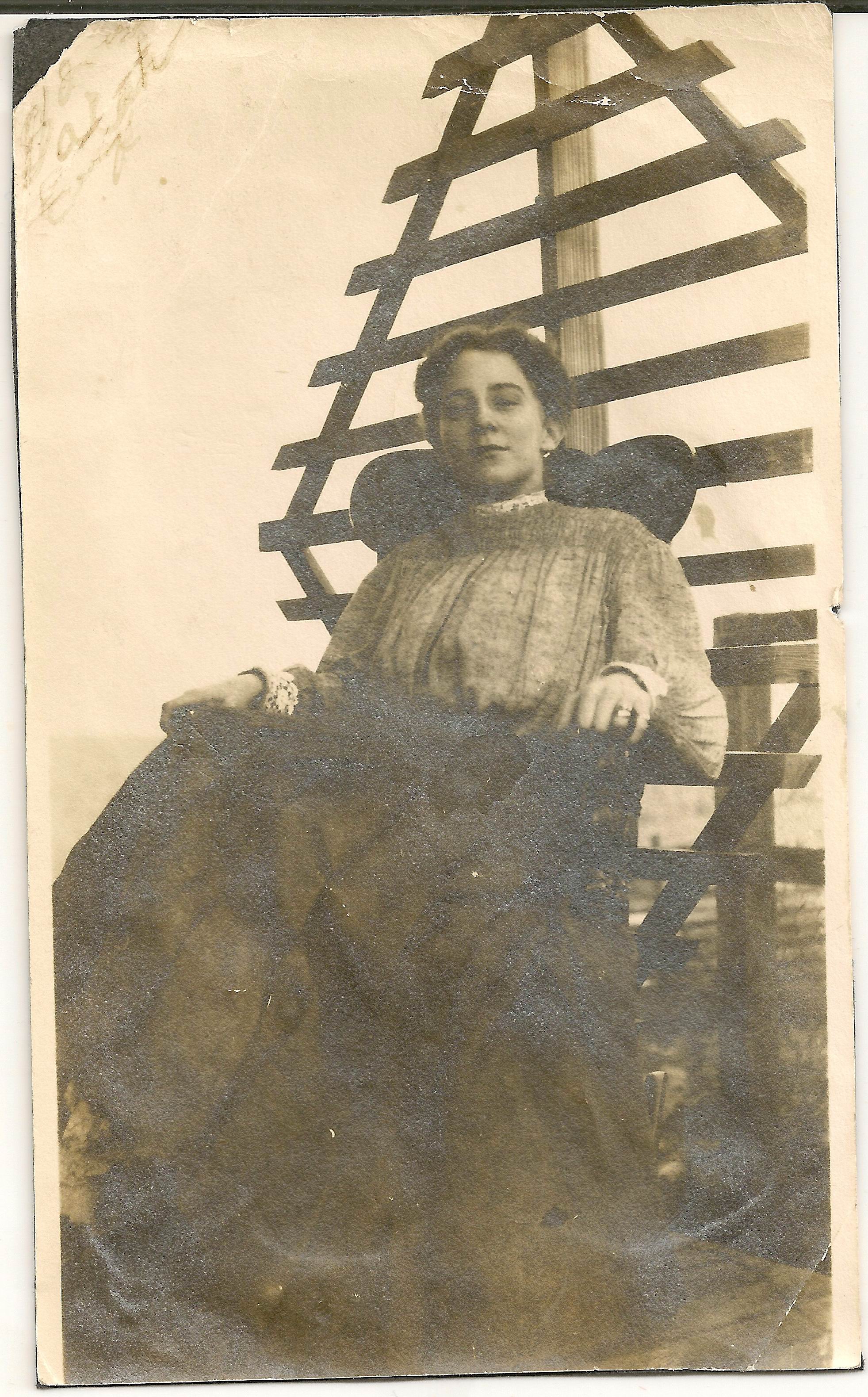
Josephine Earp or Sadie Mansfield?
There is no solid proof that Sadie Mansfield is in fact Josie Earp, however, the years between 1874-1882 are a chunk of Earp’s life that are non-existent according to records. When asked about this time in her life, she recounts in her memoir that it was one big “bad dream.” It is widely speculated that Sadie Mansfield was in fact the alias of Josephine Sarah Marcuse. “Sadie” was a well-known nickname for Sarah, and it was common for prostitutes to change their first name. Sadie Mansfield and Sadie Marcuse both made a stagecoach journey from San Francisco to Arizona Territory, both became sexual partners of Johnny Behan, both 19 years old, born in New York City, and had parents from Prussia. It seems pretty safe to say that Josie’s lost years were spent at working at a brothel in Arizona under the name of Sadie Mansfield.
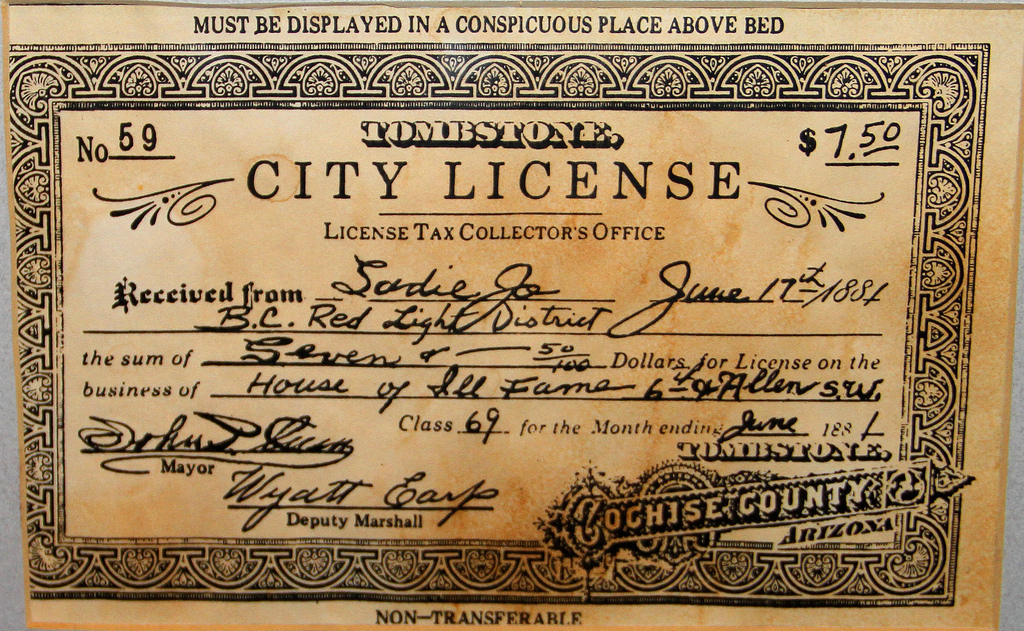
A documenting allegedly showing Sadie’s tax records in Tombstone, 1881. Source: Flickr
In 1880, records show that a Miss Sadie Mansfield was working for Johnny Behan at the Grand Hotel in Tombstone, Arizona, when she allegedly caught the eye of a man named Wyatt Earp, a name as legendary at Tombstone itself.
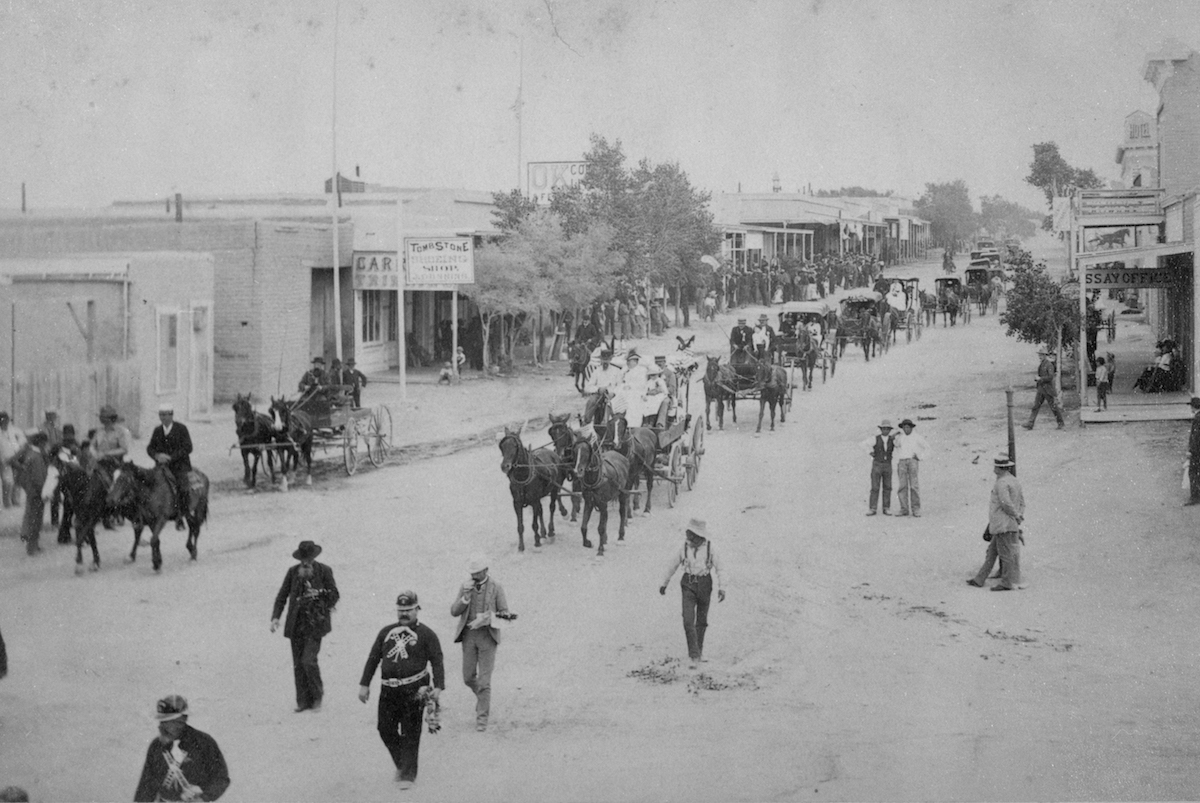
Tombstone, Arizona
According to those close to Earp, he pursued the young courtesan, despite his own common law marriage to another and her relationship with Johnny Behan, his political and personal antagonist. By the summer of 1882, Sadie was married to Wyatt Earp, the famous gambler and deputy sheriff, who would lead the most famous shootout in the history of the American Wild West. The ceremony allegedly took place on a yacht off the California coast but no public record of their marriage has ever been found.
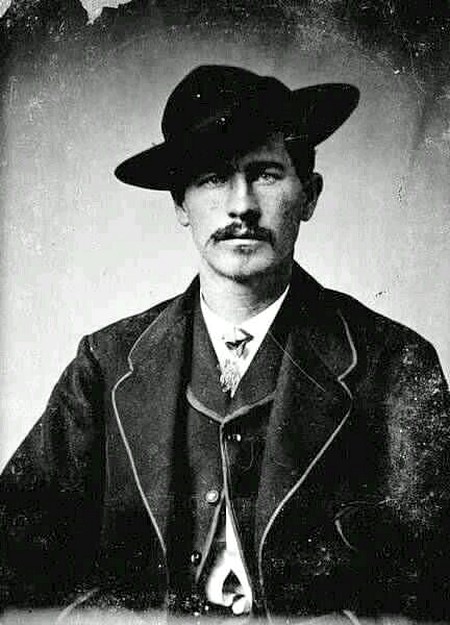
Wyatt Earp
After the legendary gunfight in Tombstone that lasted only 30 seconds, but would up defining Earp for the rest of his life, Earp and his new common law wife Sadie (a.k.a Josie) traveled around the west, scoring money in the gold rush and by investing in properties. Sadie apparently gambled their money recklessly and had to be cut off from their finances. Their marriage was quite rocky according to friends and family. After a stint in Alaska during the mining boom, the Earp’s returned with nearly $80,000 ($2.3 million today), which they lived off for most of their lives. However, during the last years of her husband’s life, she gambled away the last of their money, leaving them both destitute.
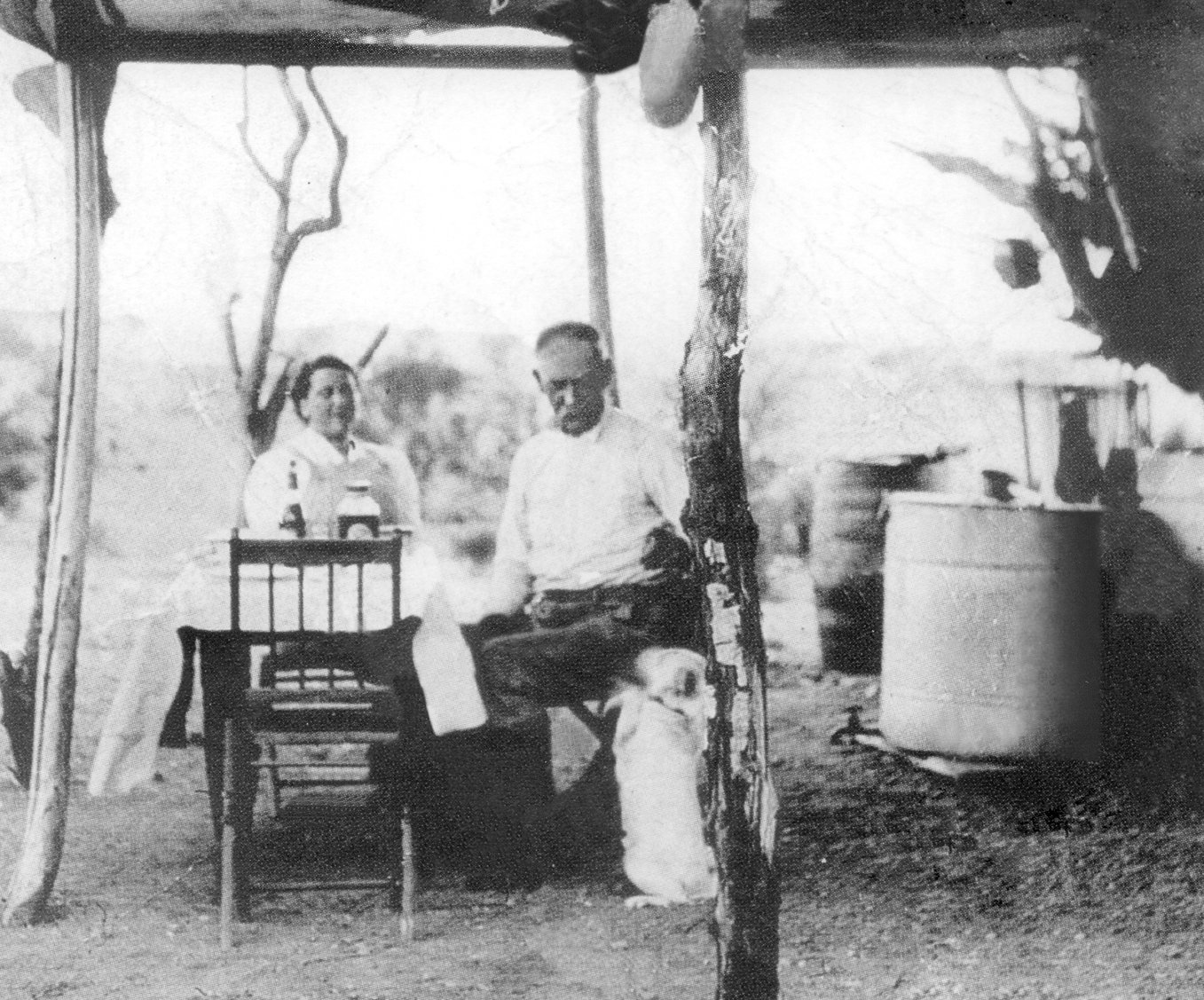
In a rare photo of the couple together, Josie Marcus sits with Wyatt Earp in their desert camp at their Happy Days gold mine, across the river from Parker, Arizona, in the 1920s © Jeff Morey
When Wyatt died, Sadie didn’t attend the funeral or help with it – she claimed she was too shocked and devastated. “She didn’t go to his funeral. She wasn’t that upset. She was peculiar,” said Grace Spolidora, a family friend who spent a lot of time with the Earp’s. “I don’t think she was that devastated when he died.” After Wyatt’s death, she stopped going by “Sadie” and told everyone to call her Josie. She hated the name Sadie.
Three years after his death, a best-selling book about Earp was published by Stuart Lake in 1931. Stuart Lake once said “Johnny Behan’s girl” (Sadie) was “the key to the whole yarn of Tombstone”. In an effort to control and sanitize her husband’s story and more importantly, to keep her own murky past a secret, Sadie threatened litigation against anyone who tried to tell their story. She succeeded in refuting claims that the great Wyatt Earp was ever a drinker, gambler, saloon-keeper and even a brothel-keeper. Strong evidence suggests however, that the Earps had quite the colourful resumé.
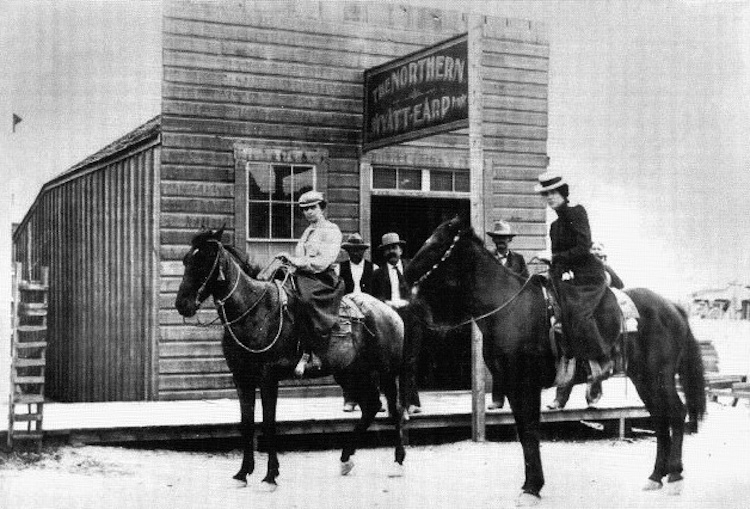
Wyatt’s saloon in Tonopah, Nevadah in 1902. It’s very likely that his wife, Josie, is on the horse on the left.
Finding an authenticated photograph of the elusive Josephine Earp is also quite a challenge. The photographs you’ve been looking at in this article have all purported to be of Josephine at one time or another, but the true provenance for many of them remains unconfirmed.
Josephine’s cousins had attempted to document her life after Wyatt’s death, recording events in her later life, but found Josephine to be extremely evasive and imprecise when talking about her early life in Tombstone and the Arizona Territory. They finally abandoned their efforts and the manuscript was left unfinished.
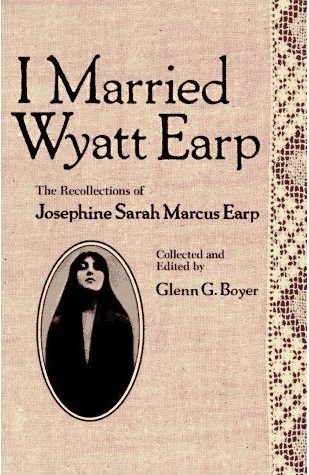
Glen Boyer’s controversial 1976 book, “I Married Wyatt Earp”.
In 1974, an American writer and Wild West enthusiast Glenn Boyer published I Married Wyatt Earp, a memoir based on various manuscripts, hand-written notes and material supposedly written by Josephine and close friends during her lifetime.
The memoir became the second-best selling book about Wyatt Earp, selling over 35,000 copies. It was frequently referenced by scholars and filmmakers. Prior to writing the book, Glenn had been contacted by Wyatt’s relations who had known “Aunt Josie” in the 1930s, and accumulated 32 boxes of family pictures, correspondence, hand-written notes, audio recordings, memorabilia, along with manuscripts that he used as source material for several books.
As ever, in the search for the truth about Josephine, her story was once again brought into question in 1994, when critics began discrediting Glenn Boyer’s work as largely fictional. Just like Josephine, he was accused of inventing large parts of her life, even inventing sources entirely. The University of Arizona, Boyer’s embarrassed publisher, was forced to remove the book from their catalogue. In an interview, Boyer later said, “I have never promoted myself as a historian. So I put words in Josephine’s mouth. So what? Stuart Lake did it. I admit to making it interesting enough to be read, which it appears to be alleged is unethical”.
It almost seems as if the web of lies Josephine Earp left behind will forever prevent us from knowing her truth. Just as she intended.
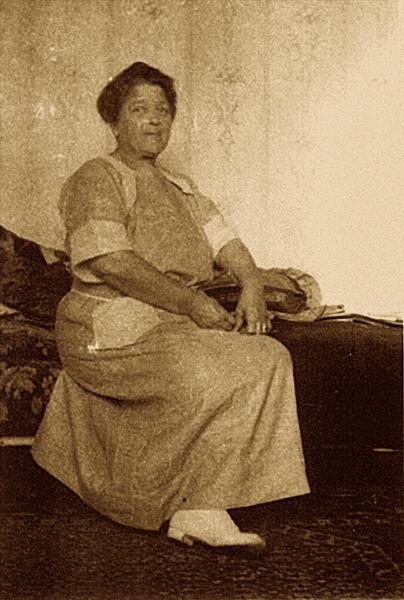
Authenticated photograph of Josephine Earp
Master of deception, Josephine Sarah Marcus Earp died in Los Angeles on December 20, 1944, without a penny to her name, she was buried with her truth.


